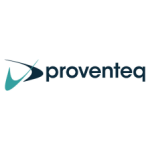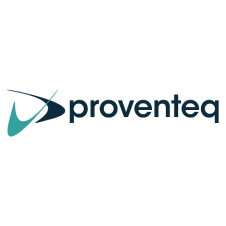See why retention matters in long-term preservation of digital records with Proventeq
Content security and classification have become a growing concern for many organizations and with both GDPR and ADA requiring a new approach to how the enterprise collects, records, and secures both data and information. Now more than ever, businesses are raising concerns about long-term data protection and archived records that have historically existed within legacy content systems.
With hybrid working patterns being the ‘new norm’, businesses are having to be agile with how they respond to data access and information processing – giving employees the ability to work away from the office in cloud-based software, and able to correctly store and access the documents they need as required.
As the demands of digital preservation and technology evolve, access problems across industries can hinder an organization’s ability to act swiftly and make necessary business decisions if employees can’t access the information they require. From corporate or institutional governance, or for reasons of statutory, legal or regulatory; you may find you need to retain digital information for longer than 10 years.
In the case of litigation, for example, historical data needs to be referenced as needed, and law firms have strict obligations to preserve all documents that might be relevant to a case.
Similarly, financial firms must comply with the record-keeping regulations of various regulatory bodies. The firms must also archive and retain the data according to the data archiving and retention requirements set out.
With a rise in the need to find and access “inactive” records, you need to ensure that your records are easily managed and accessible during their lifespan.
With the volume of content within the typical organization’s digital ecosystem expected to rise 2 to 5 times over the next 3 years, there needs to be more consideration with regard to the preservation of data.
Data backup is an essential component of long-term digital preservation planning
Preservation of data needs to consider the obsolesce of software, hardware, and operating systems. Information trapped in legacy ECM systems is at risk of being lost or deleted forever.
Proventeq’s Migration Accelerator can assist you with migrating from your legacy ECM to SharePoint Online, consolidating your data, and determining which data requires long-term archiving or preservation to meet compliance requirements. Active preservation of data is made possible with Proventeq’s Content Integrator Tool, acting as a sync tool between your ECM platform and the long-term preservation platform, enabling the enterprise’s active digital preservation requirements.
How do you mitigate the risk of falling short of compliance and failing to secure immediate access to long-term digital information?
Our alliance partner, Preservica has an early access group of their latest offering Preserve365, a seamless and automated archiving and active digital preservation tool for Microsoft 365 which makes it much easier for users to automatically comply with retention policies for long-term records. Preserve365 automatically keeps long-term information alive, and easily discoverable, for decades. It ensures archived records particularly those from legacy ECM systems, can be quickly found, always read, trusted, and actioned when needed.
Conclusion
All organizations should look at their document preservation policy. The automatic deletion of electronic documents is a particular issue and should be reviewed so that the documents can be verified for relevance, and then saved, before deletion takes place. Protecting long-term records needs to be an integral and automated part of your M365 governance program.
Get in touch with us to discuss your digital preservation requirements or book a discovery workshop with us today to boost digital workplace effectiveness through secure storage and intelligent delivery of content.



